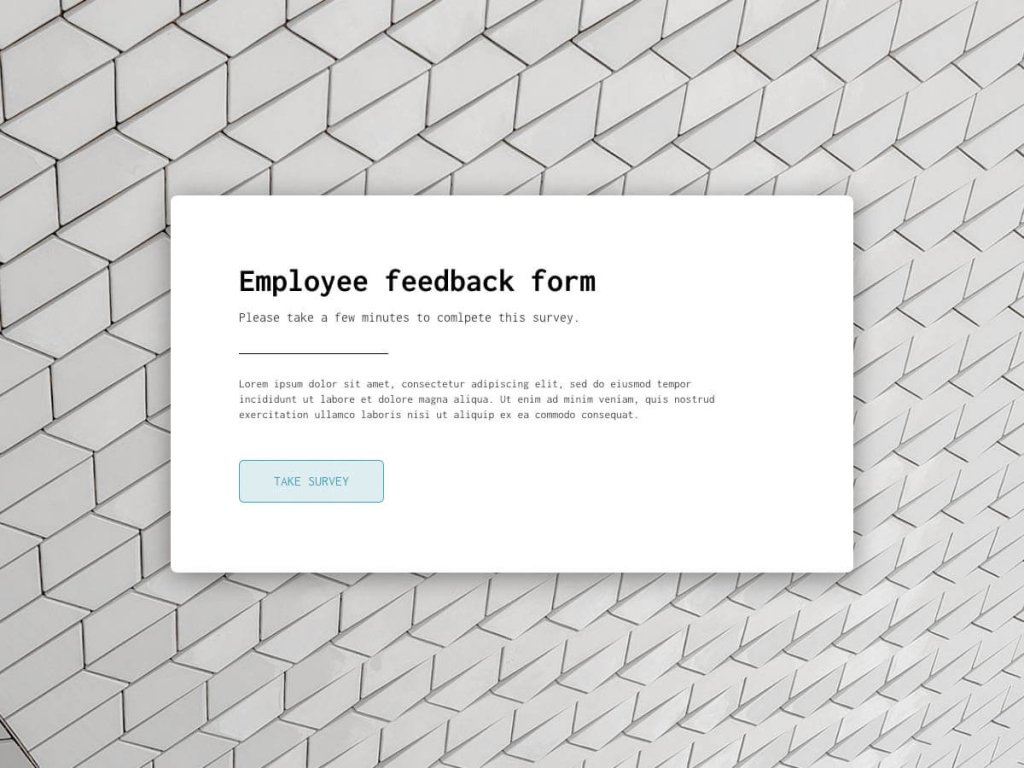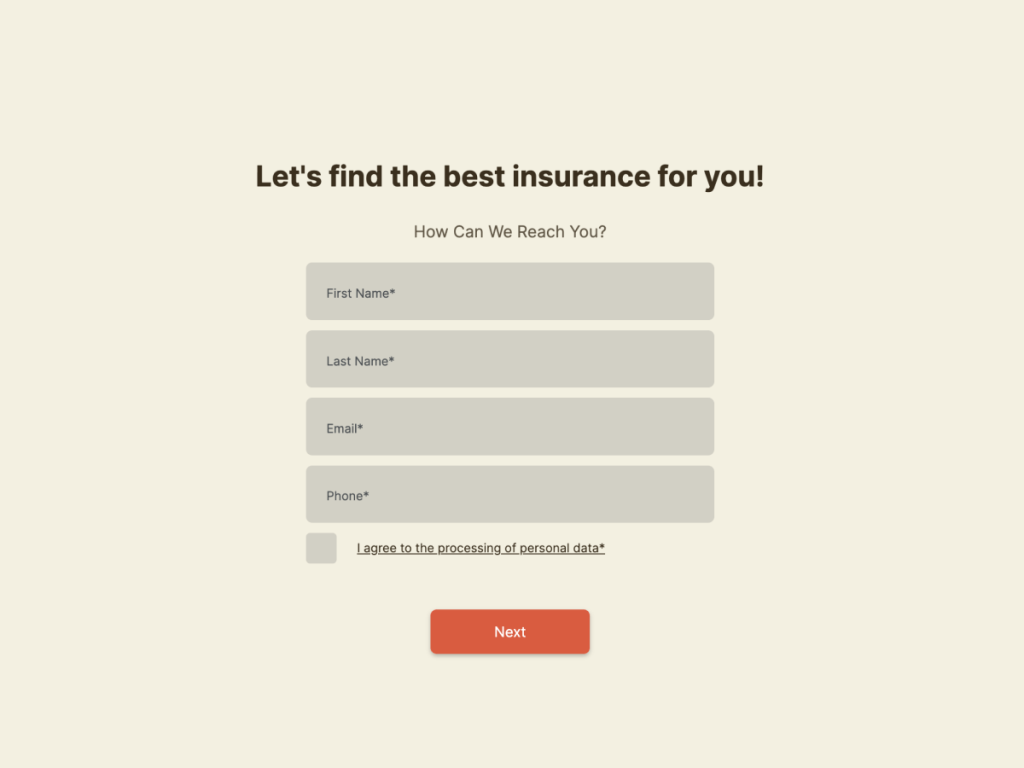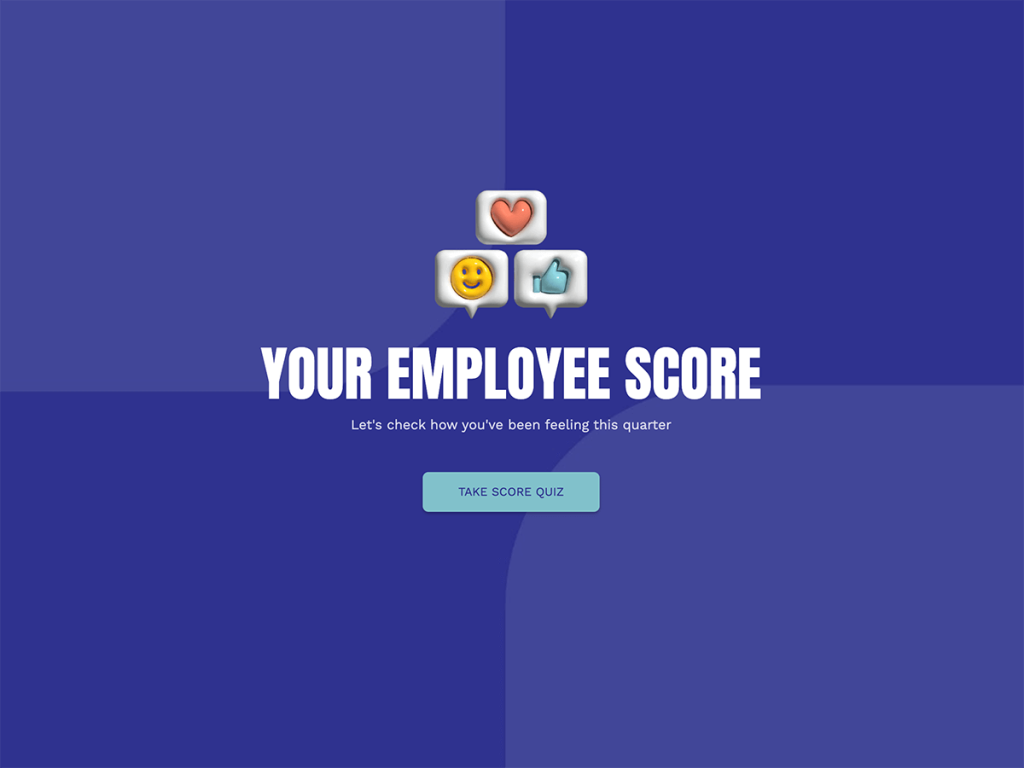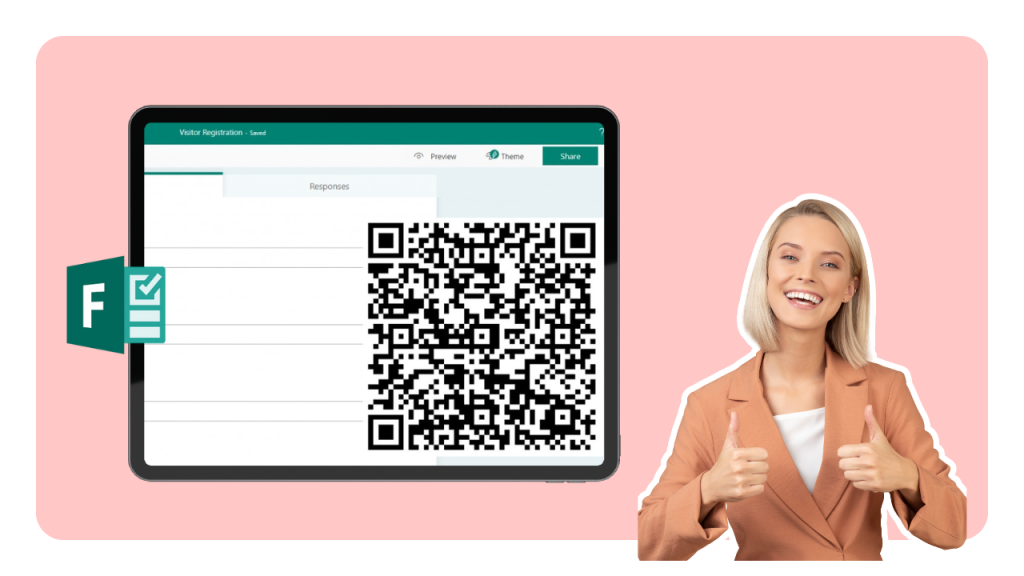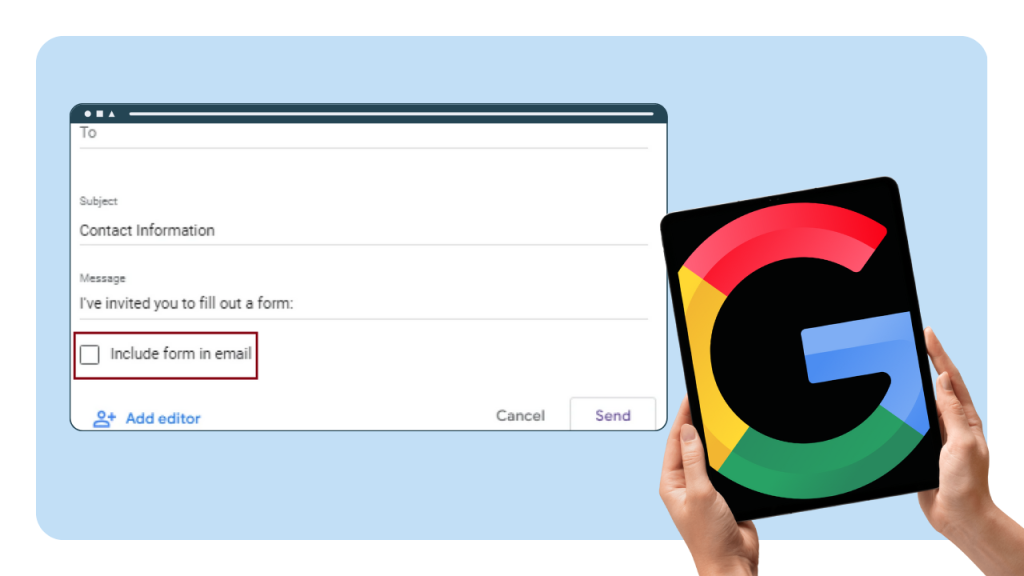Finding potential customers is only half the battle. The real challenge is turning the leads into loyal, paying customers.
And it’s not enough to fill your pipeline – you need to target those who are ready to move through your sales process.
No need to worry, though. We’re here to provide you with the knowledge and smart tactics you need to tackle sales lead generation smartly and convert leads into long-term customers.
Ready to get started? Let’s start with the basics first.
What is Sales Lead Generation?
Sales lead generation is identifying qualified leads who are likely to convert into paying customers.
Unlike general lead generation, which captures broader interest, sales lead generation targets prospects ready to move through the sales process, ensuring higher conversion rates.

Why is It Worth Syncing Sales and Lead Generation?
When sales and marketing join forces, magic happens. Instead of chasing a flood of leads, they target those ready to convert. But it’s not the end!
It Improves the Sales Process by Prioritizing Lead Quality over Quantity
Rather than aiming for sheer volume, teams can prioritize quality, bringing in leads that move through the sales funnel faster.
Regular collaboration ensures that marketing targets the right audience, while the sales team shares insights to fine-tune marketing efforts. The result? A smoother process for both teams and better leads to work with.
Sales Teams Help Refine Lead-generation Strategies
Sales teams know firsthand what kind of leads convert into paying customers. Their input shapes stronger lead management processes. Salespeople just help define what qualifies a lead as a solid opportunity.
When sales inform the lead qualification criteria, marketing can generate leads closer to sales-qualified leads (SQLs). The entire process is then more aligned with real sales needs.
Collaboration Drives Continuous Improvement in Lead Generation
Collaboration between sales and marketing doesn't stop after generating leads. Joint strategy meetings, shared KPIs, and ongoing communication ensures that both teams are in sync.
They can create a feedback loop that keeps improving the sales funnel and fine-tuning the lead management process.

The Sales Lead Generation Process: Key Steps and Strategies
As you’ve got the theory, let’s discuss the steps you can take toward sales lead generation.
Involve Cold Outreach
It is reaching out to potential customers who haven’t previously interacted with your business. Sales reps can use emails, calls, and even social media marketing to connect with potential customers.
Remember that personalization is key here. Tailor each message to the prospect's needs or pain points to make it feel more relevant.
Use CRM Tools
Using a customer relationship management (CRM) or dedicated sales tool can automate many aspects of the acquisition process.
These tools track leads, automate follow-ups, and help manage the entire sales pipeline. With features like lead scoring, sales reps can easily identify which leads are closer to converting.
Take a moment and look for a robust CRM tool that helps sales focus on proven lead-generation strategies that drive results.
Try Account-based Marketing (ABM)
Account-based marketing (ABM) brings sales and marketing together to target specific, high-value accounts.
Instead of casting a wide net, ABM concentrates on the most important targets. Sales reps can give feedback on landing pages and forms to ensure the capture process works well.
Improve Lead Capture
Sometimes, simple changes like optimizing lead capture forms and landing pages may contribute to growing sales leads efforts.
Sales reps, who interact with leads directly, offer valuable input on how well these forms gather useful information. Use this information to create forms that attract leads who are more likely to convert. Besides, keep the forms easy to follow.
👉 Useful tip 1: To create amazing lead capture forms, use tools like involve.me.
👉 Useful tip 2: Read the guide on creating online forms that boost conversion.
Optimize Lead Generation Based on Sales Outcomes
If you see that something delivers, stick to it. Relying on proven methods for optimizing lead generation is far more effective than experimenting without a clear plan.
When you concentrate on what works – like AI insights, info from sales reps, customer feedback or other data from CRM tools, you avoid wasting time and money on guesswork. Chasing untested ideas can drain resources quickly and lead to poor results.
How to Measure the Success of Sales Lead Generation?
Unless you measure the success of sales lead generation, you will walk in the dark. Check out what metrics to track to ensure that your efforts are fruitful.
Track KPIs to Measure Lead Generation Success
For instance, check the lead-to-customer conversion rate — it shows how many leads actually become customers, giving insight into lead quality.
Cost per lead lets you understand how well you're attracting potential customers. Tracking how long it takes a lead to move through the sales pipeline also highlights areas for improvement.
Here are more performance indicators (KPIs) for sales lead generation:
Lead volume – Measures the total number of leads generated over a specific period.
Lead quality score – Rates leads based on their likelihood to convert.
Sales velocity – Indicates the speed at which leads move through the pipeline.
Bounce rate – Tracks the percentage of visitors who leave without engaging with your lead capture form or landing page.
Follow-up rate – Determines how frequently leads are contacted after showing interest, which can indicate engagement levels.
Measure Sales Velocity to Spot Bottlenecks
Sales velocity refers to how quickly leads move through the pipeline. Faster movement usually means higher efficiency, whereas delays reveal bottlenecks.
Finding where leads get stuck helps both your sales team and prospecting efforts. Address these issues to speed up the process and close more sales.
Use Lead Scoring to Improve Lead Quality
Lead scoring is a system used to rank potential customers (or leads) based on their likelihood of converting into paying customers. It assigns points to leads based on factors like interest and product fit. The higher the score, the more qualified the lead is considered to be.
Adjusting this system based on real sales data helps you prioritize the leads more likely to convert.
Common Lead Generation Pitfalls to Avoid
There are things you should avoid, too. Check out the common mistakes.
Focusing on Quantity over Quality
It’s a waste of time and effort. You can bring in a large number of leads, but if they aren’t the right fit, they won’t convert into customers.
Sales professionals should concentrate on finding a qualified sales lead, which means targeting people who are interested in your product and likely to buy. Take the quality over quantity approach here.
Ignoring Sales and Marketing Alignment
Don’t let those two teams work separately without coordinating their activities. You don’t want missed sales opportunities, right?
When sales and marketing don’t work together, it leads to confusion and mixed messages. The leads marketing finds might not be the ones sales need to close deals. Marketing may be driven by numbers, while sales professionals need to build a pipeline that targets the right audience.
Ensure regular communication between the teams. Set shared goals so marketing and sales work together to attract leads that can become customers.
Using Outdated or Irrelevant Content
Content like this won't engage your audience. If the information doesn’t match their current needs, potential leads will lose interest and move on. A sales professional needs fresh, targeted content to spark interest.
Not Personalizing Outreach Efforts
Generic messages don’t connect with potential leads. That’s why when you don’t personalize your content, the engagement metrics might be low. Here are a few examples of how to personalize outreach by emphasizing specific needs or interests:
Industry-specific approach:
Generic: Our software can help streamline your operations.
Personalized: For businesses in the retail industry like yours, our software helps reduce inventory errors by 25%, improving overall efficiency.
Addressing pain points:
Generic: We offer great solutions for growing businesses.
Personalized: I noticed your company is expanding rapidly. Our CRM can help you manage your growing customer base with ease.
Referring to a recent event:
Generic: We help companies like yours improve performance.
Personalized: I saw that your company recently launched a new product. Our platform can help you target your marketing efforts and reach the right audience for this launch.
Tailoring based on role:
Generic: Our product can help your team work more efficiently.
Personalized: As the head of sales, I’m sure you’re looking for ways to shorten the sales cycle. Our tool helps teams close deals 15% faster by streamlining lead tracking and follow-ups.
Referencing a mutual connection or insight:
Generic: We’d love to work with your company.
Personalized: After speaking with [mutual connection], I understand that your team is looking for a solution to improve collaboration. Our tool has helped similar teams increase their productivity by 20%.
Neglecting Lead Nurturing
Not every lead is ready to buy immediately, and if you don’t stay in touch, you risk losing them to competitors. Sales and marketing persons know the importance of building relationships over time.
Lead nurturing involves regularly engaging with leads through personalized emails, follow-ups, and valuable content that keeps your product or service top of mind. For instance:
Personalized email based on previous interactions
Follow-up after a demo or consultation
Sending valuable content related to their interests (articles, ebooks)
Having Unclear Lead Qualification Criteria
Unclear lead qualification criteria can result in chasing the wrong leads. With no proper guidelines, the sales team may target prospects who aren’t a good match for your product or service. Establish clear standards from the very beginning.
Ignoring Data Analysis and Feedback
Failing to analyze data and gather feedback stops you from learning what works in lead generation.
Teams miss insights that could optimize strategies and improve targeting. If you don't have these insights, adjusting your approach for better results becomes nearly impossible.
Instead, review data and collect feedback to fine-tune processes, spot trends, and focus on leads with higher conversion potential.
Not Using Reliable Tools
Unreliable tools can create chaos in the sales process.
When your CRM or automation software doesn’t work properly, it is difficult to track prospects, manage data, and handle outreach. It lowers sales progress. If you feel that you’re not happy with the tools you have, take some time to try out new, more advanced ones.
Use involve.me for Stronger Sales Lead Generation Support
Speaking of tools, involve.me is a great boost for generating leads.

Its lead-generation quiz builder lets you create interactive quizzes that qualify leads on autopilot. You can publish quizzes as standalone pages, embed them on your website, or use them as pop-ups to capture lead data instantly.
The best part? No coding skills needed! Just choose a template (or make one from scratch) and embed the quiz on your website with a few clicks.
Create your own Lead Generation Forms
Choose from 350+ Templates
Employee Feedback Form Template
B2C Lead Magnet Template
Financial Advisor Appointment Form Template
Meeting Scheduling Form for Real Estate Template
Contact Form for Insurance Template
Employee Engagement Survey Template
With involve.me, you easily segment and collect lead contact details without complicated processes. The drag-and-drop builder allows you to design quizzes in minutes. Your quiz can automatically send lead data to your CRM so the sales and marketing teams can follow up quickly and effectively.
involve.me also lets you customize every quiz aspect to match your brand. Add images, adjust colors, and tailor each question to align with your goals. Quizzes provide a fun way to engage visitors while gathering valuable information that boosts your prospecting efforts.
Their detailed analytics dashboard tracks quiz performance, and with built-in AI insights, you get reports that help you improve your strategy over time.
👉 Check out all the features.
Want to try it out? Sign up for free to supercharge your sales lead generation.
Change Warm Leads to Hot Leads
When you understand the sales lead generation process, finding and converting leads becomes much easier. Concentrate on quality, align sales and marketing, and use proven strategies to turn leads into paying customers more effectively.
For an extra boost, use involve.me’s interactive quizzes to capture and qualify leads with ease.
Ready to speed up your lead generation? Sign up for involve.me today and start turning warm leads into hot ones!
FAQ on Sales Lead Generation
Have some questions? Check out our answers.
What is Sales Lead Generation?
Lead generation is finding potential customers who may want your product or service. It’s the first step in the sales process, where your sales team connects with people who show real interest. The focus is on marketing qualified leads — those most likely to become paying customers.
How Can Sales Teams Inform Lead Generation Efforts?
Sales teams provide valuable feedback that improves the quality of cold leads. Their insights help marketing refine targeting efforts, capturing leads more likely to convert.
What’s the Role of Involve.me in Sales Lead Generation?
Involve.me makes sales lead generation easier by using interactive quizzes to capture and qualify leads. These tools engage potential customers while collecting data. The leads’ info is transferred to your CRM for quick follow-up, helping you convert leads in no time.
Why is Lead Quality More Important Than Lead Quantity?
Concentrating on qualified leads ensures that your sales team spends time on prospects likely to convert. High-quality leads are more valuable because they align with your product and have genuine interest, unlike a large number of unqualified leads.
How Can You Optimize Lead Generation Based on Sales Outcomes?
Using sales data helps identify which methods bring in more leads that convert. Leverage proven strategies that work, and adjust your approach based on real feedback to avoid wasting time and resources on ineffective ideas.

